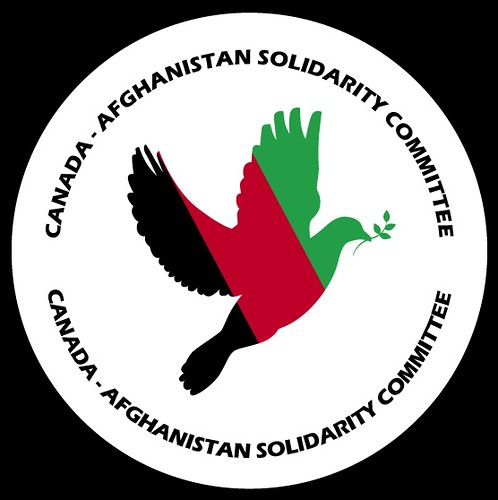"The Fountainhead of Jihad": Source Of The US Failure In Afghanistan
In recent days, Admiral Michael Mullen, the soon-to-retire chairman of the US Joint Chiefs of Staff, has explicitly identified Pakistan's Inter-Services Intelligence (ISI) agency as an active accomplice of al Qaeda's Waziristan landlord- the Haqqani network, led by Surajuddin Haqqani of the Taliban's Quetta Shura. The Haqqanis also form the main support system for Pakistan's Terik-e-Taliban, Laskar-e-Taiba and several other jihadist fronts.
The Haqqanis carried off the recent assault on the US embassy in Kabul - cell phone evidence shows that the attackers were in communication with the ISI before and during the attack - and were involved in last week's assassination of former Afghan president Berhanuddin Rabbani.
In a meticulously researched 53-page dossier proving Mullen's contention that Pakistan's ISI is "exporting" terror into Afghanistan and is using the Haqqani Taliban as an "arm" of its operations, Don Rassler and Vahid Brown of West Point's Combating Terrorism Center show just how preposterously ill-informed the US policy in Afghanistan has been over the past decade. From the outset, The Pakistanis have played America like a cheap fiddle:
"The scholarly and policy communities have misapprehended the precise local context for the development of global jihadism – a context to be found in the Haqqanisʹ Paktia and not Azzamʹs Peshawar – and have underestimated the Haqqani network’s critical role in sustaining cycles of violence far beyond its region of overt influence. In the wake of Usama bin Ladin’s death, the al‐Qa’ida organization may face an uncertain future, but the nexus of resources and relationships that the Haqqani network carefully assembled over the course of three decades and which helped to foster al‐Qa’ida’s rise remains firmly in place. Positioned between two unstable states, and operating beyond their effective sovereignty, the Haqqani network has long been mistaken for a local actor with largely local concerns. It is vital that the policy community correct the course that has taken this erroneous assessment for granted and recognize the Haqqani network’s region of refuge for what it has always been – the fountainhead of jihad."
The Haqqanis carried off the recent assault on the US embassy in Kabul - cell phone evidence shows that the attackers were in communication with the ISI before and during the attack - and were involved in last week's assassination of former Afghan president Berhanuddin Rabbani.
In a meticulously researched 53-page dossier proving Mullen's contention that Pakistan's ISI is "exporting" terror into Afghanistan and is using the Haqqani Taliban as an "arm" of its operations, Don Rassler and Vahid Brown of West Point's Combating Terrorism Center show just how preposterously ill-informed the US policy in Afghanistan has been over the past decade. From the outset, The Pakistanis have played America like a cheap fiddle:
"The scholarly and policy communities have misapprehended the precise local context for the development of global jihadism – a context to be found in the Haqqanisʹ Paktia and not Azzamʹs Peshawar – and have underestimated the Haqqani network’s critical role in sustaining cycles of violence far beyond its region of overt influence. In the wake of Usama bin Ladin’s death, the al‐Qa’ida organization may face an uncertain future, but the nexus of resources and relationships that the Haqqani network carefully assembled over the course of three decades and which helped to foster al‐Qa’ida’s rise remains firmly in place. Positioned between two unstable states, and operating beyond their effective sovereignty, the Haqqani network has long been mistaken for a local actor with largely local concerns. It is vital that the policy community correct the course that has taken this erroneous assessment for granted and recognize the Haqqani network’s region of refuge for what it has always been – the fountainhead of jihad."





0 Comments:
Post a Comment
<< Home